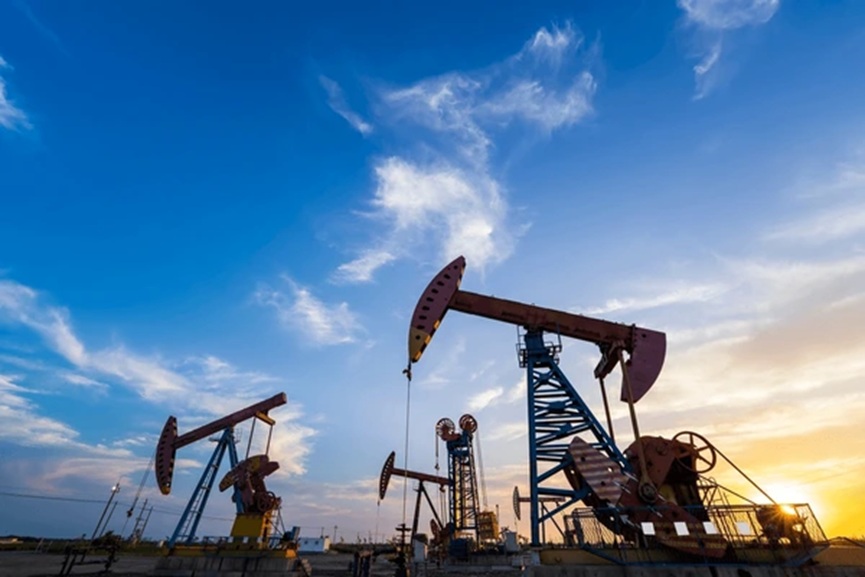New Delhi: India has signaled its intent to continue purchasing crude oil from Russia, despite warnings from US President Donald Trump.
The Ministry of External Affairs (MEA) emphasized the longstanding and independent nature of the India-Russia partnership, describing it as steady and time-tested and not subject to the influence of any third country.
MEA spokesperson Randhir Jaiswal clarified that India’s oil procurement policy is driven by economic pragmatism and national interest. “Our broader position on energy security is governed by the availability of oil in global markets and prevailing international circumstances,” Jaiswal said.
His comments follow President Trump’s announcement that the US is considering a 25 percent tariff on Indian goods, in addition to further import taxes, in response to India’s sustained oil imports from Russia.
The US president, who has recently adopted a harsher stance on Moscow due to the ongoing conflict in Ukraine, has also threatened wider economic sanctions if progress toward a ceasefire is not made.

India’s increased engagement with Russia as an energy supplier reflects a broader realignment in its import strategy. Before the Ukraine war, India bought a modest 68,000 barrels per day (bpd) from Russia in January 2022. But as the war prompted Western nations to cut ties with Russian oil, India seized the opportunity to secure supplies at discounted rates. By June 2022, Russian crude imports surged to 1.12 million bpd, peaking at 2.15 million bpd in May 2023.
At its height, Russian crude accounted for nearly 40 percent of India’s total oil imports, making Moscow the largest source of oil for New Delhi.
“India is the world’s third-largest energy consumer and is over 85 percent dependent on imported crude. In this complex and volatile environment, the country adapted its strategy to ensure affordable and secure energy access, while remaining compliant with international norms,” a senior official said.
Russia remains the world’s second-largest crude oil producer, with an output of about 9.5 million bpd, roughly 10 percent of global supply. It exports around 4.5 million bpd of crude and 2.3 million bpd of refined products. Disruptions to this supply chain have historically driven oil prices to extreme highs.

























